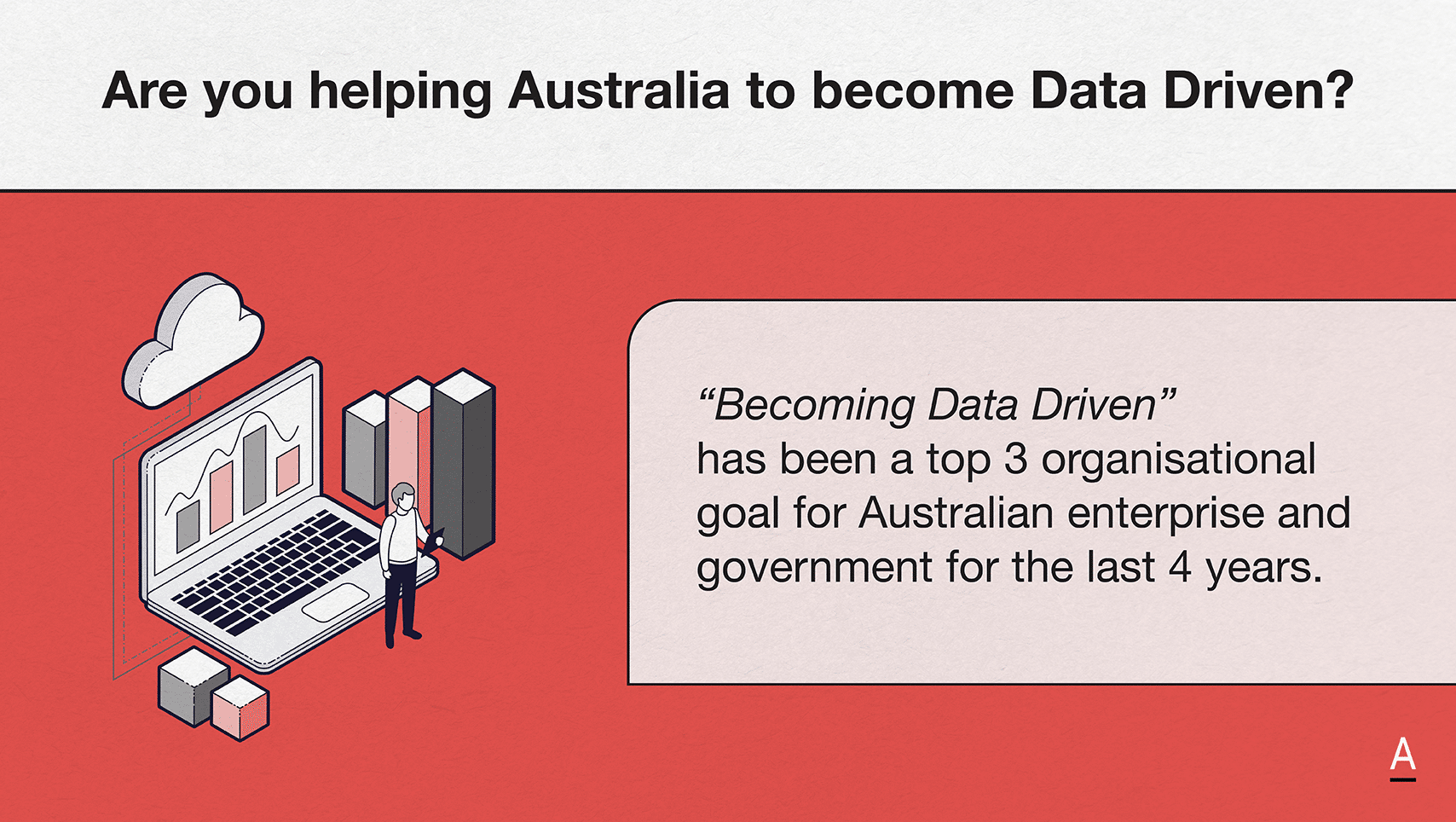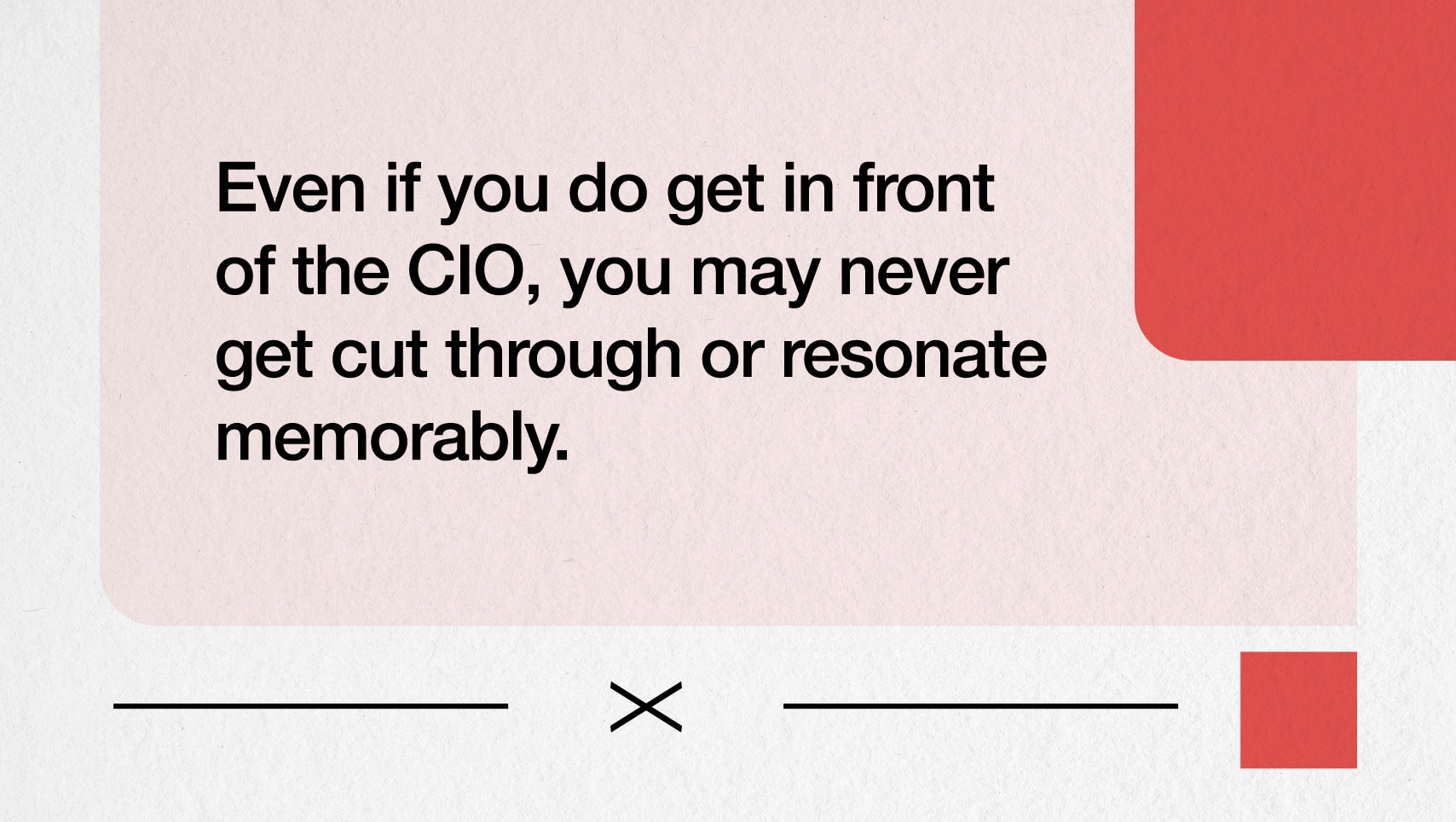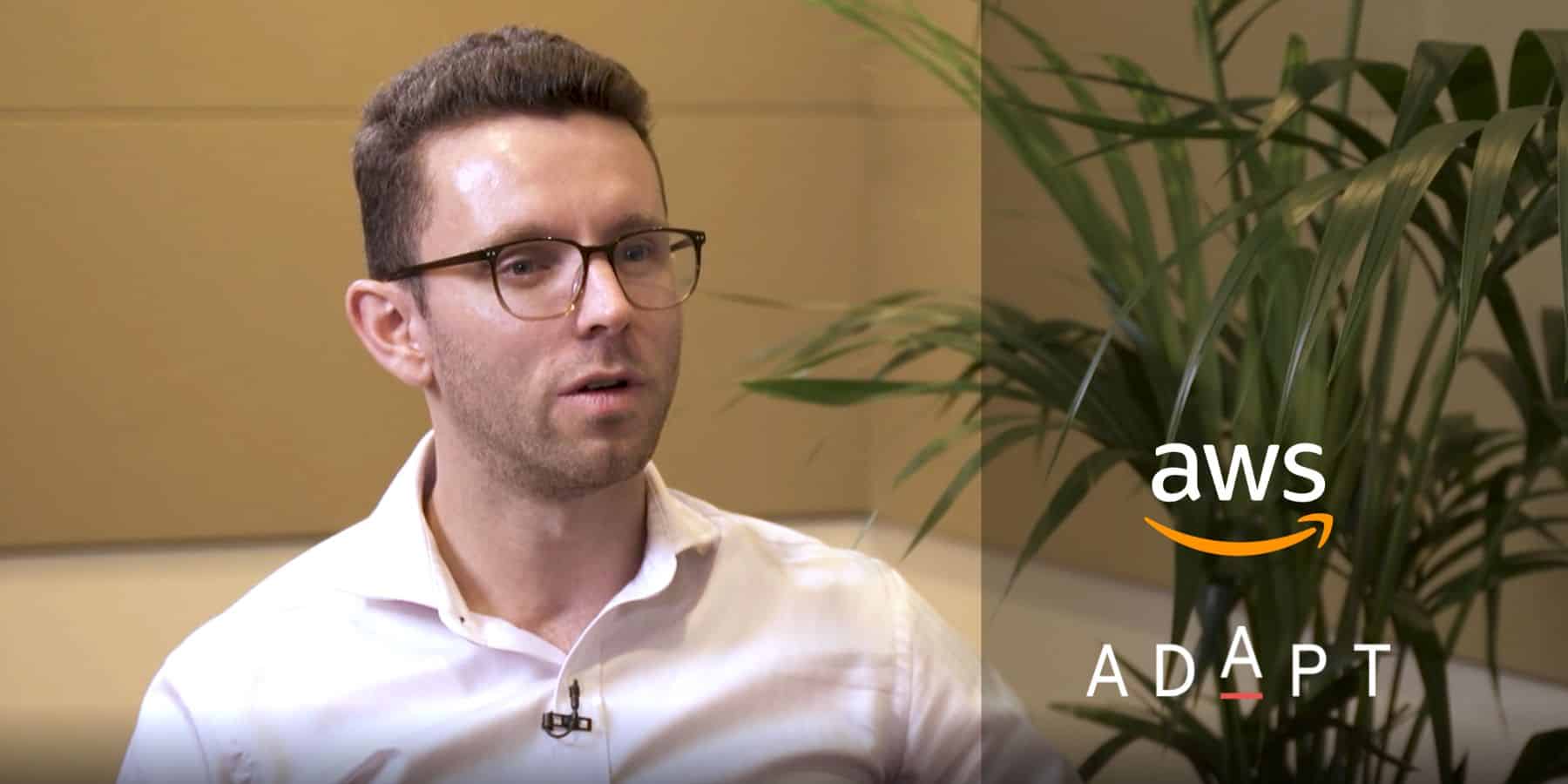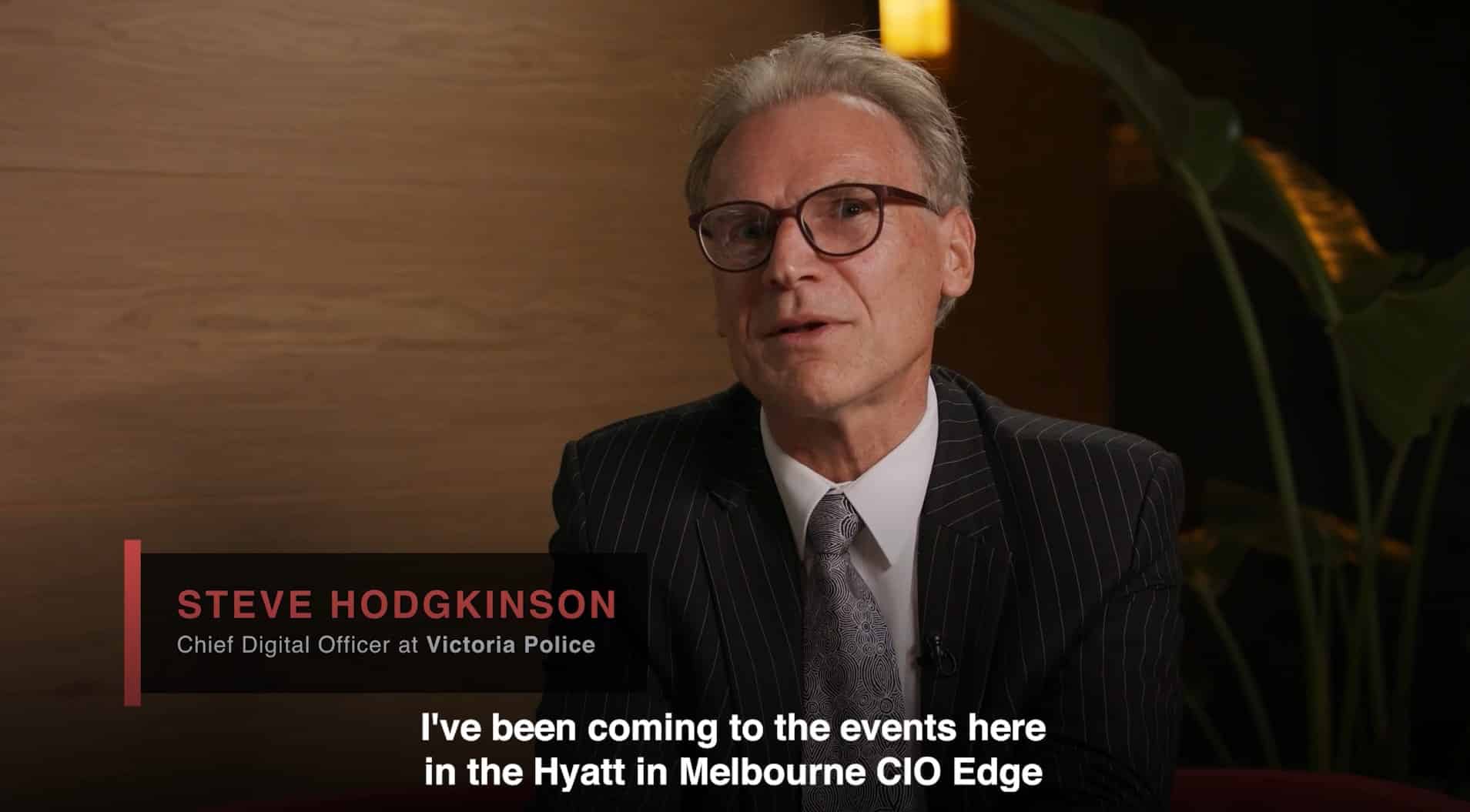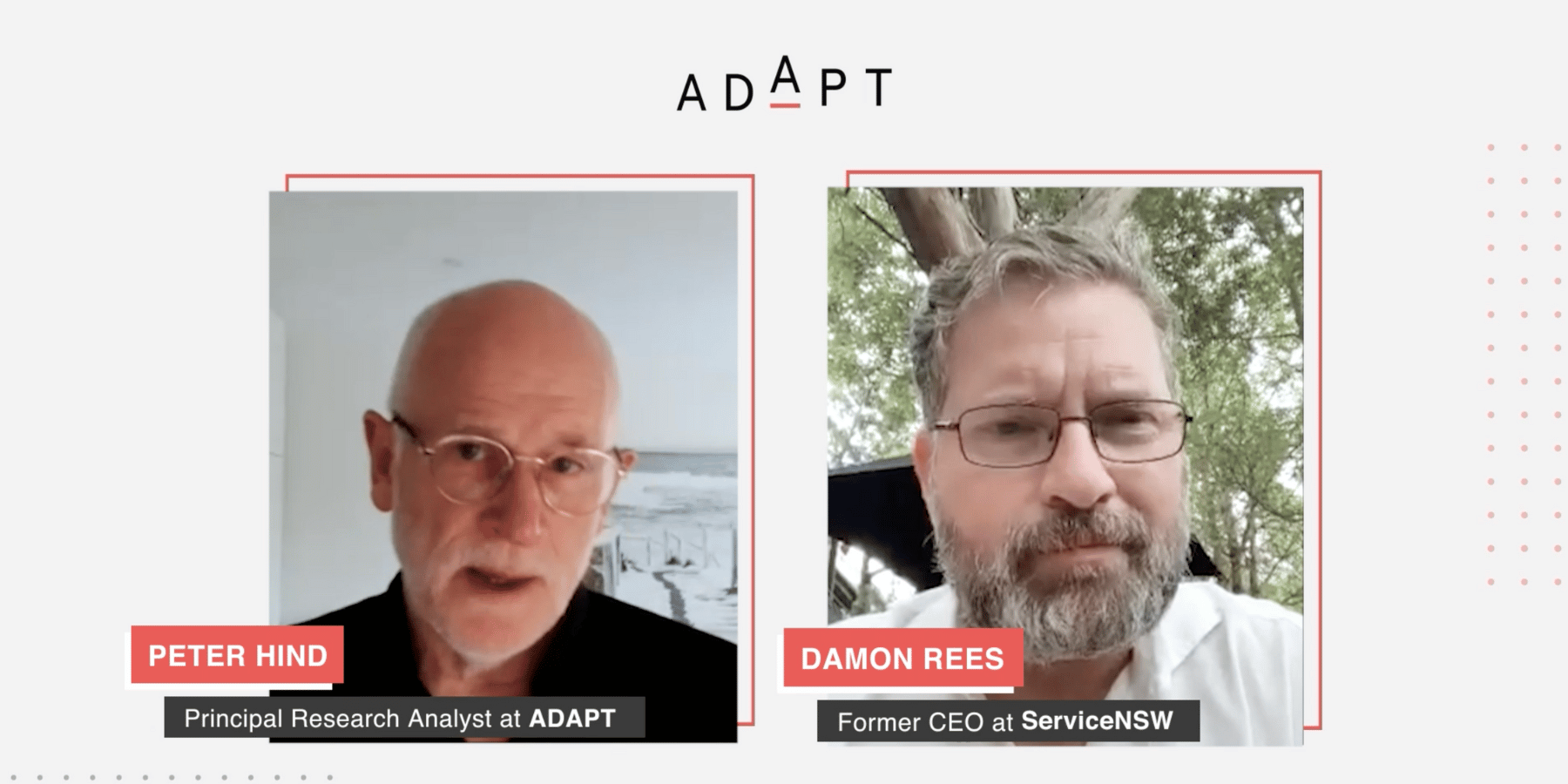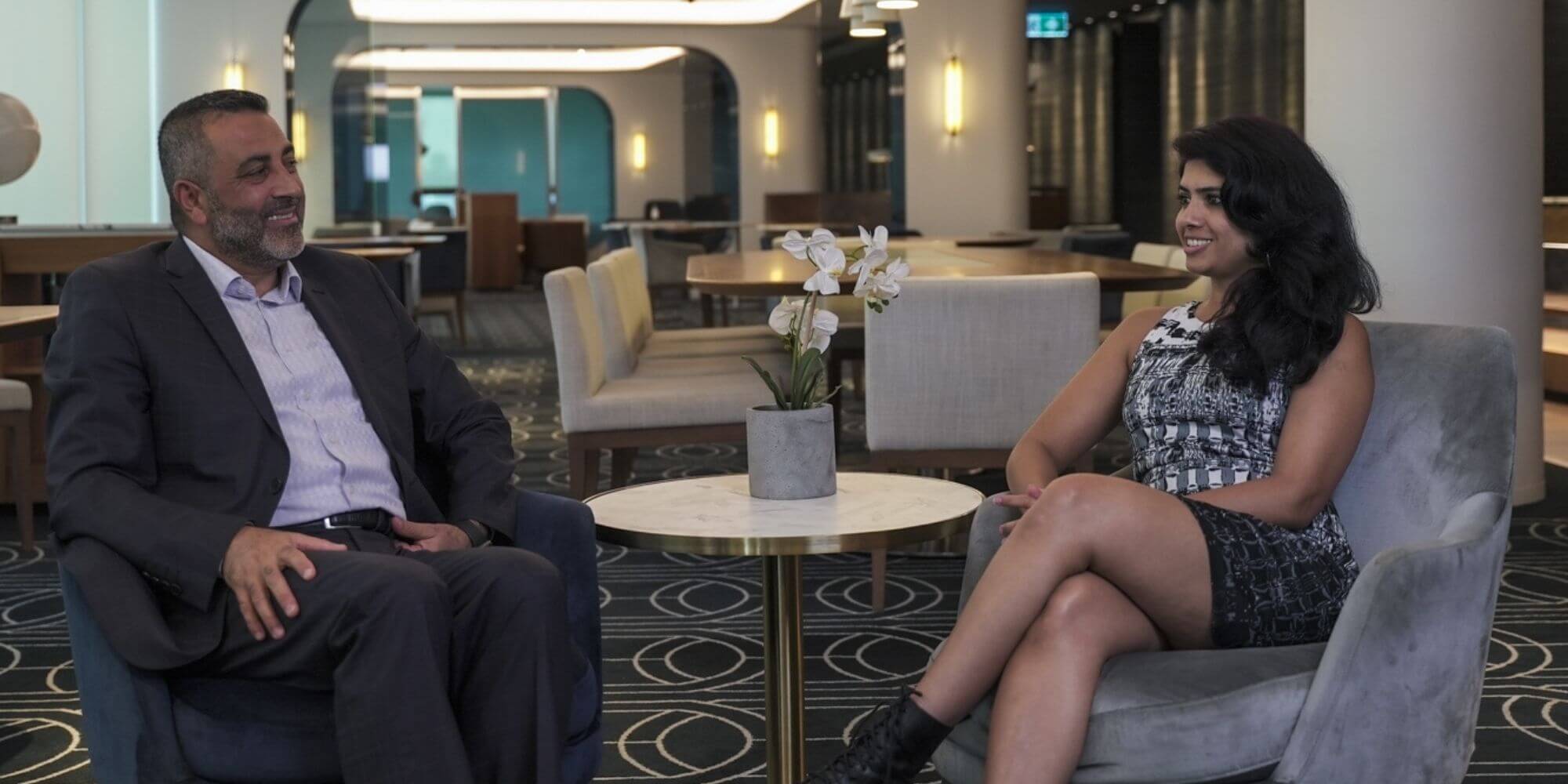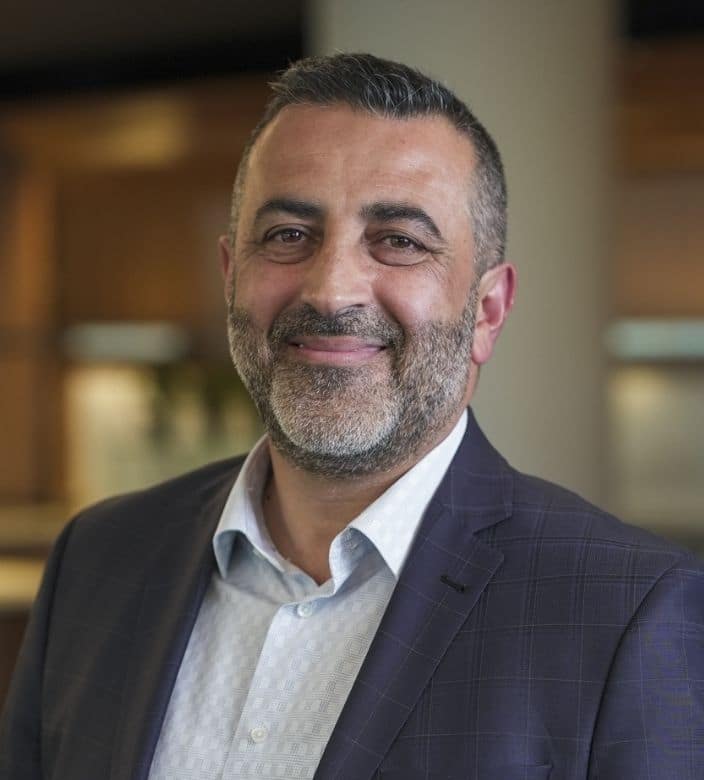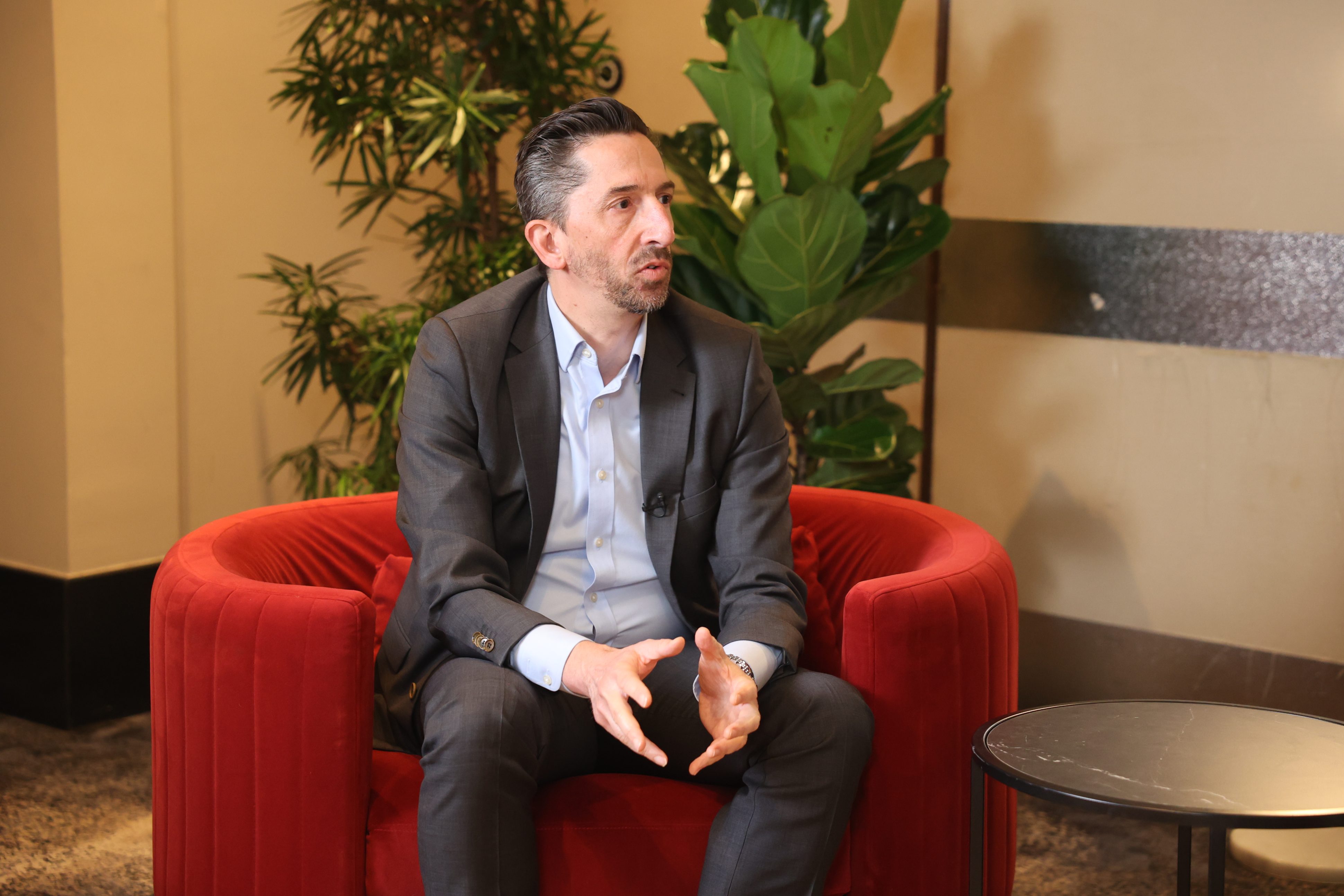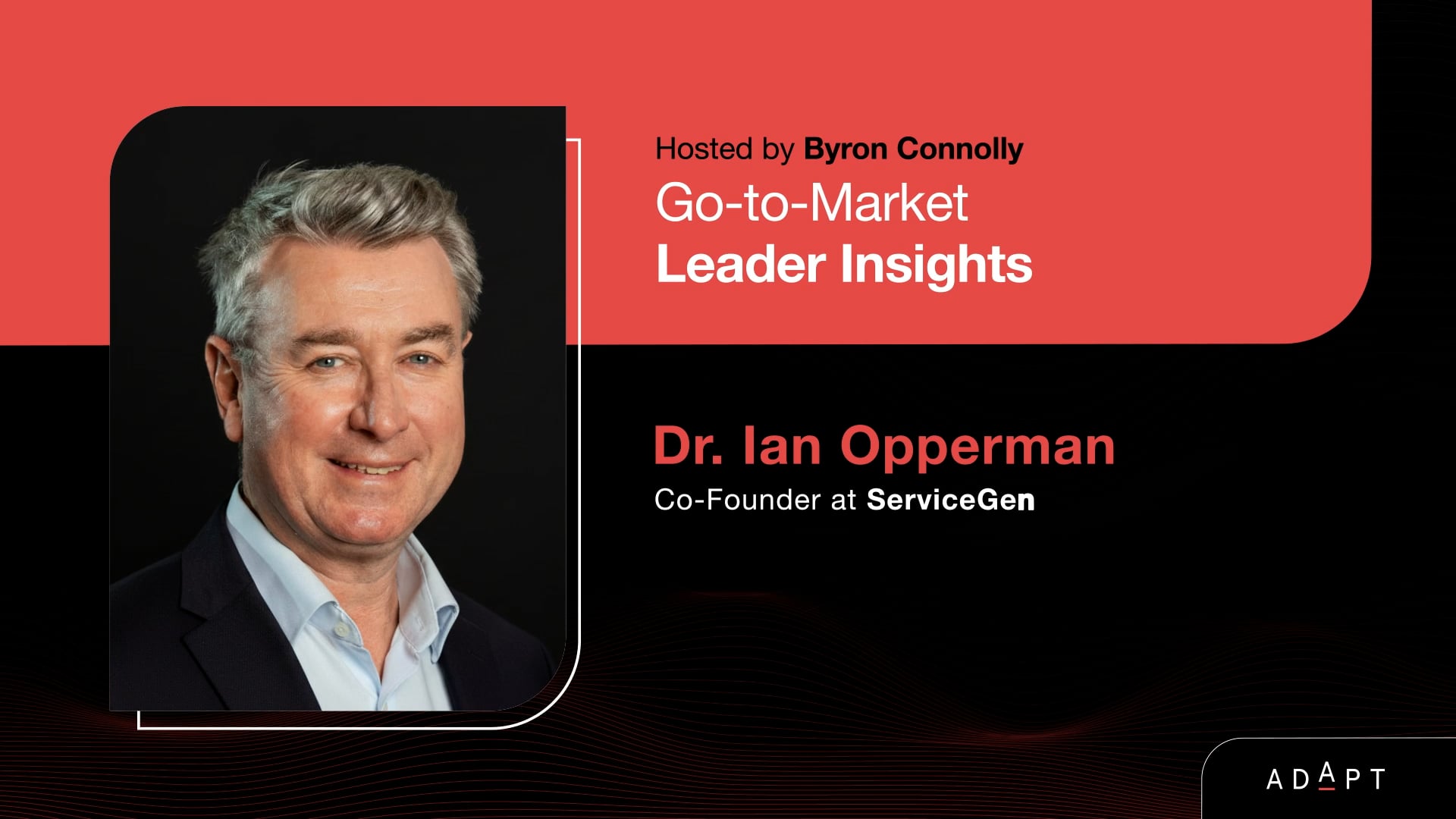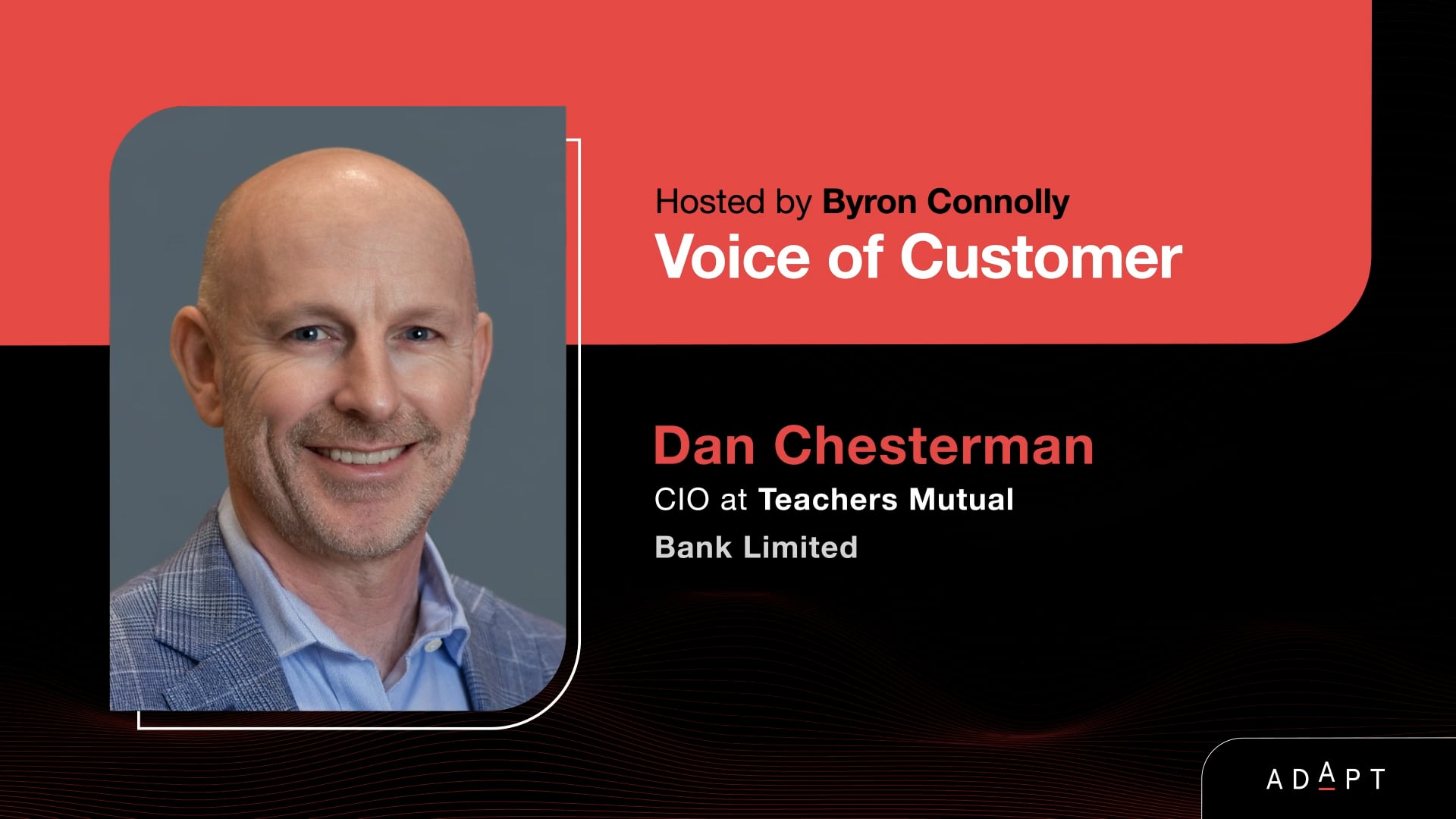Sami Yalavac is CIO of Bupa ANZ, delivering their digital roadmap across Private Health Insurance (PHI), Care Homes, Optometry, Dental, Tele-medical Services, Visa Services, Wellness.
At CIO Edge, he joined ADAPT’s Senior Research Strategist, Aparna Sundararajan, to discuss practical ways to foster a greater partnership between IT and the business.
To Sami, increasing business literacy of technology professional is crucial. As is collaborating with key stakeholders to achieve business outcomes through technology solutions.
Sami believes that Chief Information Officers should instead be known as Chief Influence Officers. Their imperative should be to articulate the value of technology throughout levels of the organisation, and how they are all contributing to the wider mission. This will, in turn, empower individuals to autonomously deliver value in their roles.
Aparna Sundararajan explores with Sami how this will transform the delivery model of IT organisations. Skills-based teams will erode and instead mission-based teams will form, based on product offerings.
This will contribute towards a more scalable and collaborative way of delivering value to customers.
Aparna Sundararajan:
Welcome Sami to ADAPT CIO Edge, and this is probably the first time I’m speaking with you
Sami Yalavac:
It’s true.
Aparna Sundararajan:
Incredible insights at the roundtable earlier and your panel. I’m very keen to understand, based on some of the things you spoke about in terms of the culture, how you operate with business or interact with the business to get the business benefits.
There has been a lot of conversation around the partnership between IT and business. However, people are looking at what should they do to get that partnership going.
That’s what my first question would be, what would you focus on as a first thing to get this partnership going?
Sami Yalavac:
Whenever you play a game, you look at your game plan and how you’ll engage yourself. Most of the time, this is compared to your opponents or the people you are collaborating with. You can’t set a game plan by yourself, ignoring the other party.
You should start with a business perspective, what business needs from us, and the best setup to meet their needs.
Think about the end game which is delivering for our customers.”
Any company failing, like even for the customers, will fail eventually.
What’s the right setup for that perspective? Most of the time, I thought organisations set up in the way of, I will wait in the back room, a business will decide what to do, they will tell me, and I’ll do it for them.
They are tech-savvy; they have lots of ideas, but they don’t know as much as we know technology. It’s much easier for us to learn business rather than for them to learn technology.”
We, to learn business, means we are speaking the same language, and they say, “This guy knows my language, so we can talk to them.”
As you talk, ideas will come together and then it will be mutual responsibility. IT and business are delivering together, rather than business throwing to the IT field and IT delivering core stepping up, and it’s all IT. Nowadays, my definition is, there is no technology project.
Every project is a business project, but there is no business project without a significant technology component.”
Therefore, IT and the business should get together. An IT department, technology department, whatever you call it should call themselves, I’m also part of the business. I think this will be your starting point. You to see, I am part of the business, and these are the people all delivered together rather than I’ll wait for them to give me the orders and try to deliver what they’re asking me.
Aparna Sundararajan:
Very interesting, so would that mean, what would that mean for your team as a CIO? What would you change within your team, or how do you train your people to think in that manner?
I know you mentioned earlier that the new definition of CIO, which I love, should not be a Chief Information Officer, but it should be a Chief Influence Officer- which makes a lot of sense. But what would you change within your team to get there?
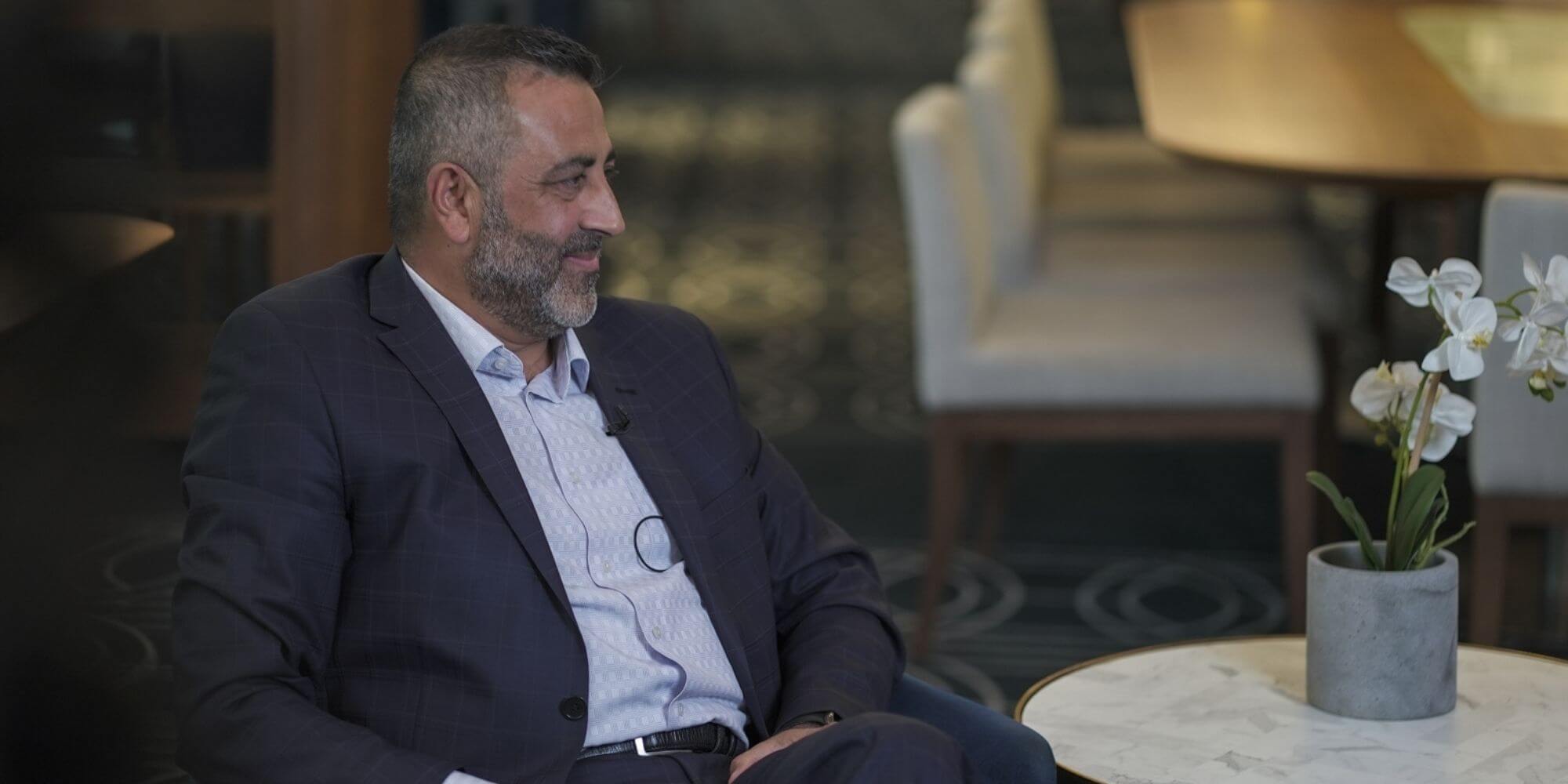
Sami Yalavac:
Sure, I think first, before expecting other people to look to us, we need to change our perspective on ourselves. I was thinking initially, like five years ago, when I started as a CIO at Bupa, how to communicate this to my team and my colleagues.
I developed an analogy. I draw a triangle and ask people, “What is this?” They would say, “It looks like a triangle.” Yes, that represents how a traditional IT department operates. If you think your business or customer is on top of the pyramid, how narrowly we interact with them. This is how little we do business with them. It generally comes from top to down, and there are multiple layers.
As you go down, there are multiple people do-ers in technology doing stuff, but it’s like dropping a stone to sea because their layer is so far. As you go deeper, you lose visibility.
What’s happening? Why is it taking that long? As it goes deeper, it turns into Chinese whispers.
The people on the bottom, doing tasks, have no idea what that means for business, the priorities, what it means for the customer. They can’t contribute with their ideas thinking when they are smart people, but we don’t open that door.”
I said we would invert that triangle much wider engagement business and fewer people doing. Let’s utilise the rest of the world as your partners to deliver. Like in Bupa’s example, your job is a health and care organisation you need to understand.
What’s the value chain here? What’s the best way of delivering health for our customers? Then you will start producing ideas and being in the game. Your role suddenly goes from doers to consultants, orchestrators, brokerages. As a first step, you’re thinking, what’s your role here?
Aparna Sundararajan:
That aligns with one of the Core Competencies at ADAPT, which we call “Transform as a Business Leader.” That’s good at your level as a leader when you talk about being a consultative role.
Would that change the way your IT organisation is set up?
Sami Yalavac:
It does.
Aparna Sundararajan:
Of software developers and others. How does it work?
Sami Yalavac:
It does. Look, the current trend to address that challenge is the product-based delivery model. That is a couple of principles. One principle is you are getting the relevant people in the delivery chain in one team.
The traditional model is, business analysts are one team, architects are one team, developers – this is the architect’s team and part of the architect’s team. The tests ran from the testing team in the new model.
You demolish those skill-based teams. You pick the right people to deliver value.”
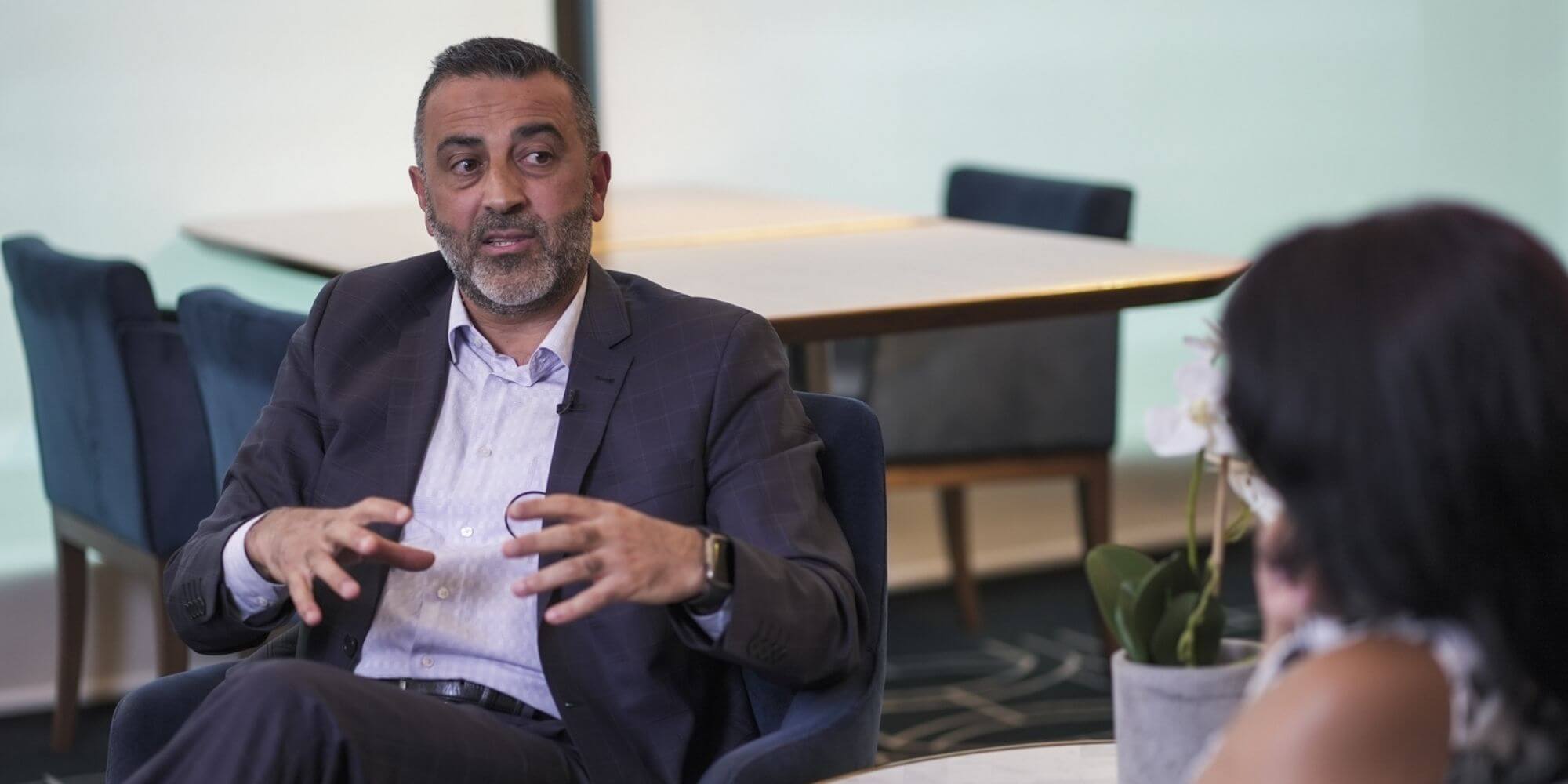
Let’s say health insurance claims. What is your experience? You get sick, and you have a problem. You went to doctor physio, and you must claim.
The mission for that team is the best-claiming experience for the customers. The people are BA’s, testers, developers altogether. So rather than waiting for a task, you have no idea what that means. Now you know what’s the mission. The mission is the best-claiming experiences.
It’s suddenly forced you to think, what’s happening in the market? What are my customers going through? What are the competitors doing? Then you practically joined the innovation game because you are in that team.
The other aspect is that team inserted into the business. The business to think and feel, this is my team. I’m the one managing the claims operations. This is my team to do the best claiming experiences rather than a separate team, doing something for me.
We get those skillset teams and insert them into the businesses.”
The claims team, customer service team or whatever it is those business channels. Even if they report to me in the IT structure, they are much stronger now.
Aparna Sundararajan:
Wow. It almost sounds like the DevOps mindset.
Sami Yalavac:
DevOps is absolutely part of it. If you don’t support automation and all the other aspects, that model will not deliver the value. The other aspect is capacity.
Let’s say for the claims area 5 million is the investment for technology. That’s equivalent to 50 people and their claims teams. This is your capacity. If you want to reduce the cost, you can reduce the capacity.
But that means you will deliver less value and less output from that team. If you want to get more, that means we need to increase the capacity.
Efficiency is our job. We still must work hard, doing more with less. However, this is your cost rather than a separate technological cost.”
Aparna Sundararajan:
Then can I assume that this structure is more scalable for an organisation?
Sami Yalavac:
There are two components. One, people a hundred percent dedicated to mission-based teams, some call it fusion teams. This is more shaped based on the products defined.
The product might be a service or an experience, your customer consuming a service. You have some vertical teams which are supporting these product teams.
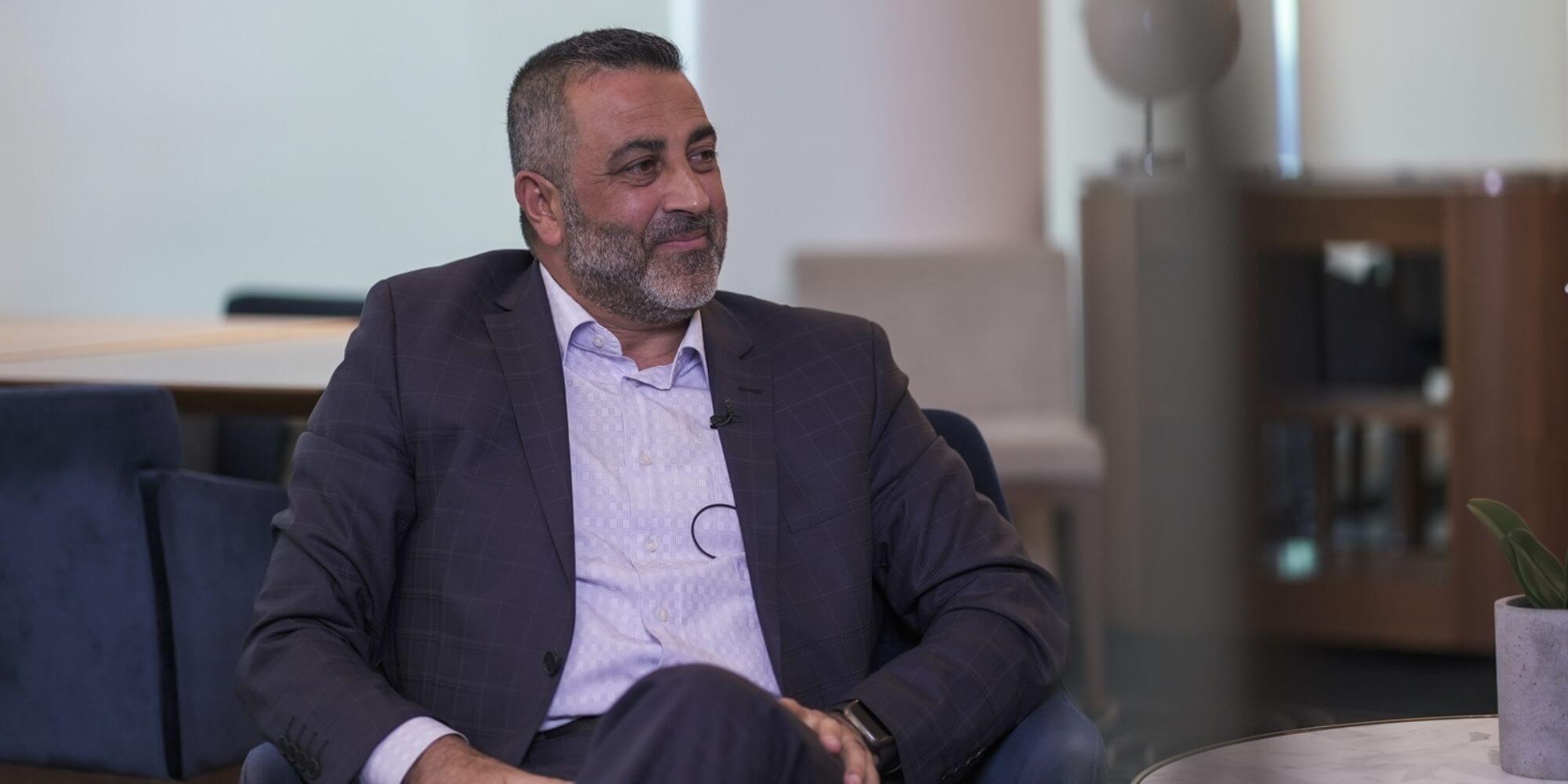
Because you don’t want to replicate multiple security teams and multiple kinds of infrastructure, there’ll still be some common services to support these vision teams. But if someone is supposed to work within the delivery chain, they must be in that team.
Aparna Sundararajan:
It’s almost like a hybrid model. Plus, services team, but we cannot work with traditional IT teams.
Sami Yalavac:
Not at all. Look, I think one aspect is to reduce the gap between business and technology.
They are now together. Accountability is also together.
In business, it’s no longer IT’s job to deliver. We are delivering together, and it’s an incremental delivery rather than a big bang. It’s non-stop delivery because speed matters in the market.”
If my computer does X, I need to do Y immediately—so nonstop delivery, incremental. If I’m failing, I’m falling fast, I’m learning fast. Then I’m changing my direction. The whole philosophy is business technology working together.
Rather than begging resources from multiple teams, you need the team together. You already got them together.
You are building the business knowledge because every day you work on that, as the claims example, you understand how claims work, know the technology, know the customer’s pain points, business rules, and are much more active.
You are much more satisfied because you know the end outcome. I have done this people spending less time on the doctor. The mother went to a dentist will pick up the kid from school. I don’t need to wait because it automatically claimed that satisfaction rather than I read a quote. I don’t know what that means.
Aparna Sundararajan:
I’m so glad that you explained how an entire IT organisation could impact customer experience. I’ve got a lot from this interview, Sami.




